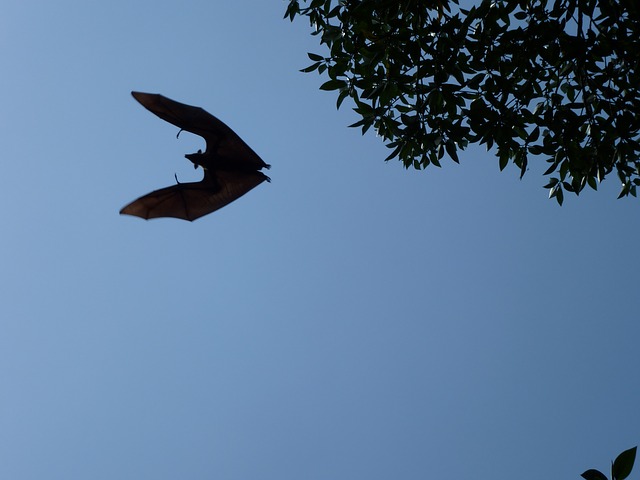Scientists have come up with an impressive new robot, in a shape comic book fans and moviegoers everywhere will instantly recognize – Batman. That is, it’s a drone based on the appearance and movements of a bat.
Fittingly called the Bat Bot, this prototype drone can sweep, soar and dive into dangerous places other standard drones may not be able to reach. Weighing just three ounces, the tiny bot is extremely agile, its makers say. Because it was made to mimic the unique and flexible way that the winged mammals can fly, the Bat Bot can do a safer, more efficient job of looking into disaster areas and getting into places like constructions sites.
This means it is viably an alternative to bulky drones that rely on spinning motors, CBS News reports. Seth Hutchinson, an engineering professor at the University of Illinois, gives an example. The Bat Bot could go into the damaged and hazardous Fukushima nuclear plant in Japan, where humans can’t enter because of the existing radiation.
This drone is fitted with wings, which flaps for better aerial maneuvers, glides to save energy and dive bombs accordingly. The scientists behind the bot hope to make it perch upside down in time, like actul bats do. But according to them, that will have to wait until the next version.
Soon-Jo Chung, a professor of aerospace at the California Institute of Technology, says they took a cue from the makers of Batman.
Whenever I see bats make sharp turns and perform upside down, perching with such elegant wing movements and deformations, I get mesmerized.
The Bat Bot has nine joints, and measures under eight inches from top to bottom. Its membrane wings are very thin, and span around a foot and a half. These wings can flap as much as 10 times per second, and act “like a big power amplifier,” says Hutchinson.
The researchers still need to attach a camera to the Bat Bot, and get federal permission to fly them, but Hutchinson is confident that these drones can be publicly used within the next five years.
The project took three years and $1.5 million to get to this point, including work put in by a team from Brown University that studied bat flight.
The study was released in the journal Science Robotics.
























